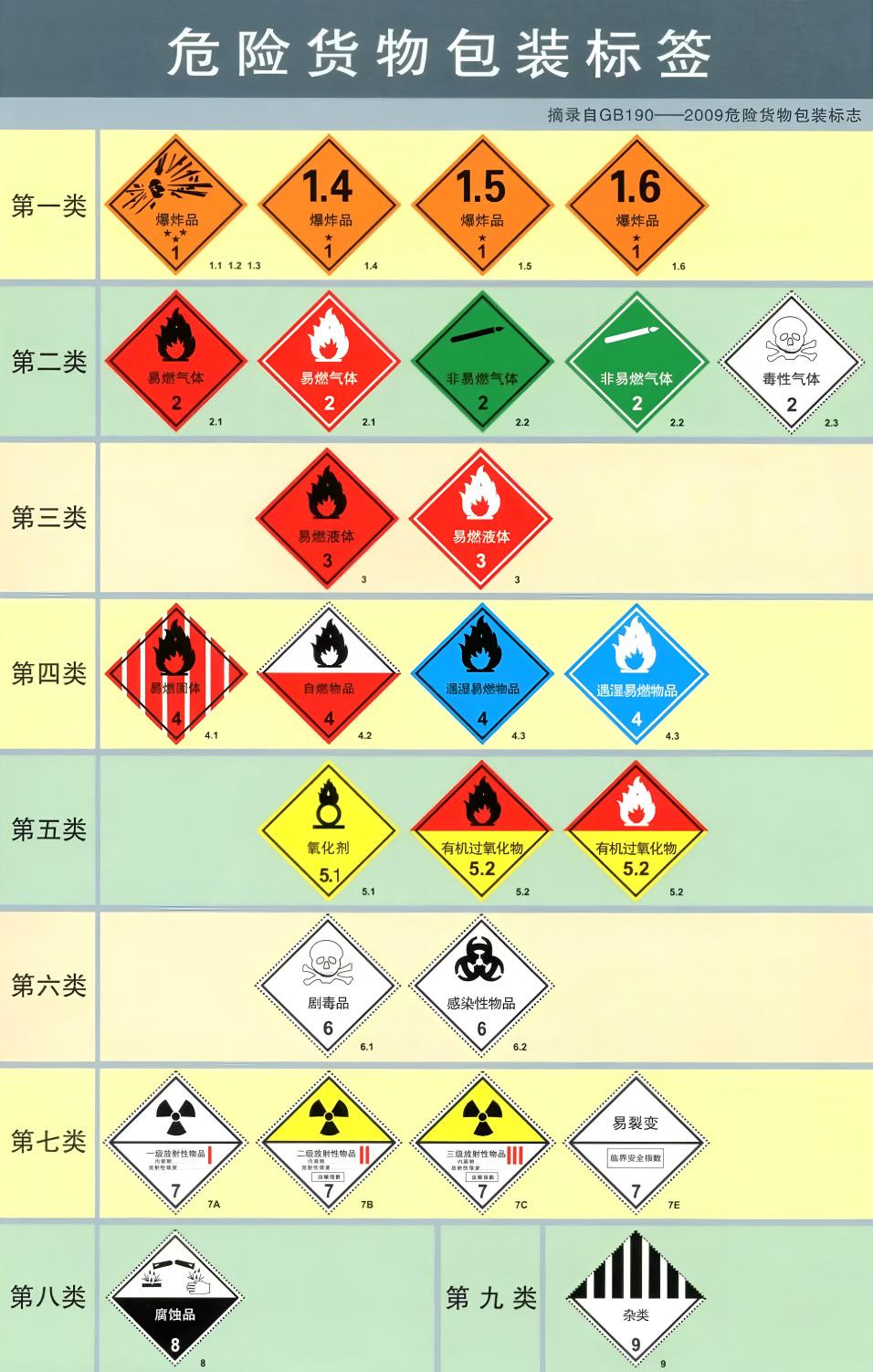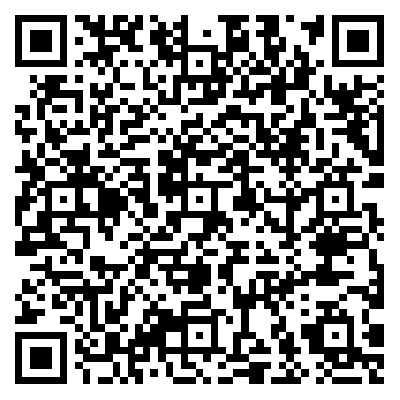

Dangerous goods signs are divided into 9 categories, each using specific symbols and color combinations:
1. Explosives
○ Symbol: Explosive graphics
○ Base color: red; Border and symbol color: black or white
2. Gas
○ Class 2.1 flammable gas (such as hydrogen)
■ Symbol: Flame
■ Base color: Red
Class 2.2 non flammable and non-toxic gases (such as nitrogen)
■ Symbol: Gas Cylinder
■ Base color: Green
○ Class 2.3 toxic gases (such as chlorine gas)
■ Symbols: Skull and Cross Bone
■ Base color: white
3. Flammable liquids
○ Symbol: Flame
○ Base color: Red
4. Flammable solids
○ Class 4.1 flammable solid (such as magnesium powder)
Class 4.2 self igniting substances (such as white phosphorus)
○ 4.3 Flammable substances in contact with water (such as sodium)
○ Base color: Red
5. Oxidizing agent
Class 5.1 oxidant (such as potassium permanganate)
○ Class 5.2 organic peroxides (such as benzoyl peroxide)
○ Base color: yellow
6. Toxic substances
Class 6.1 toxic substances (such as cyanide)
○ Class 6.2 infectious substances (such as virus samples)
○ Base color: white; Symbol: Skull and Bones
7. Radioactive substances
○ Symbol: Radiant wave
○ Base color: Grade I (white), Grade II (yellow), Grade III (yellow+black border)
8. Corrosive substances
○ Symbol: Corrosive Liquid
○ Base color: black; Symbols and Text: White
9. Miscellaneous hazardous substances
○ Symbols: Combination of explosives, flames, skeletons, etc
○ Base color: upper half red, lower half white
Geometric shape: diamond shaped (at a 45 ° angle to the horizontal line), with a minimum size of 100mm x 100mm, and the symbol and border proportions are coordinated.
Color contrast: Symbols should form a sharp contrast with the background color (such as black symbols on a red background, white symbols on a green background).
Durability: The logo must remain clear and recognizable after soaking in seawater for 3 months, and be resistant to wear and fading.
● Location:
○ The transportation packaging must be clearly labeled, close to the goods name label.
Large containers (such as steel cylinders and storage tanks) need to be installed on both sides.
Height: The lower edge of the hanging sign should be at least 2 meters above the ground, and the sprayed sign should be adapted to the height of the equipment.
Secondary hazard signs: If the goods have multiple hazardous attributes, the primary hazard and secondary hazard signs should be posted side by side.
HJ 1276-2022 (implemented on July 1, 2023) mandates that hazardous waste identification labels must include:
○ Hazard category symbol
○ Waste name (Chinese+code)
○ Hazard codes (such as "T-toxicity" and "C-corrosiveness")
Warning statements (such as "Highly toxic, keep away from food")
High risk areas such as ports and warehouses need to be equipped with warning lines (red or yellow) and emergency response information signs.
Radioactive substance labeling must be accompanied by dose rate data, and corrosive substances must be labeled with contact protection requirements.






